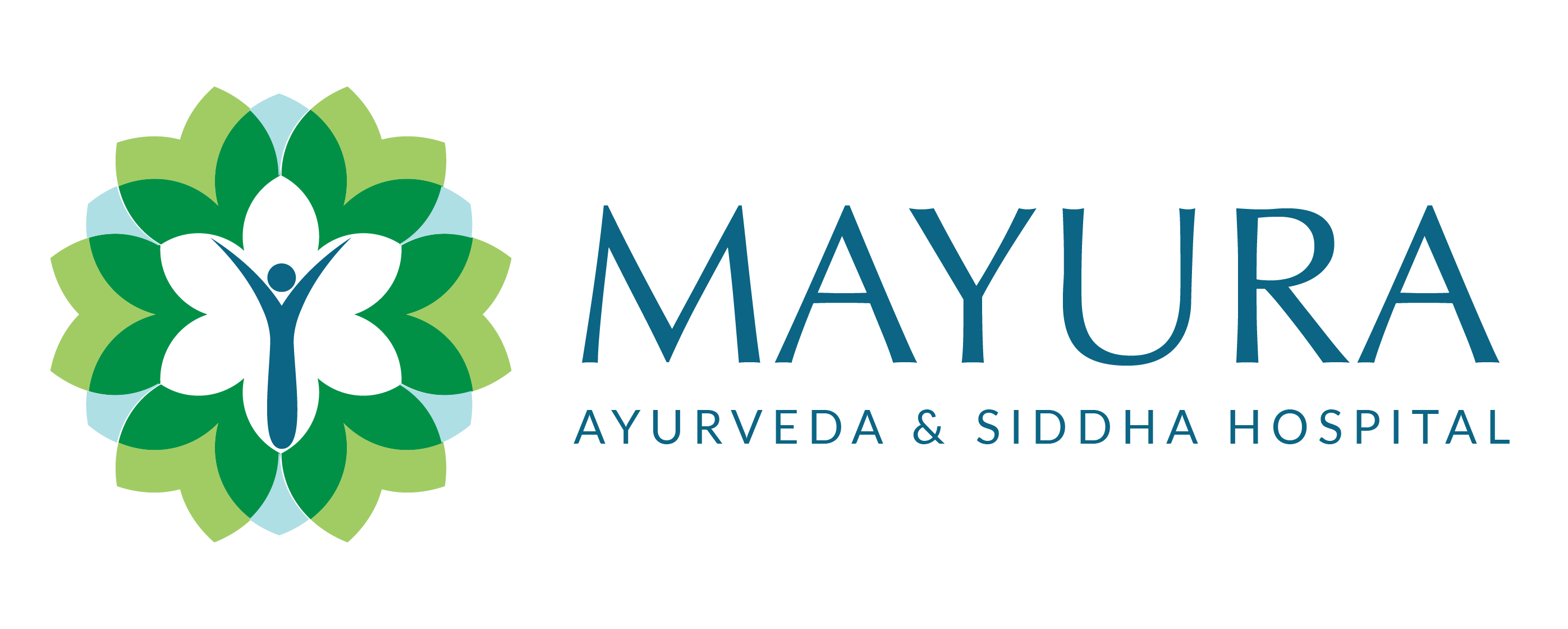
Maintaining Urinary Tract Health: Understanding UTI
Urinary Tract Infections (UTIs) are common bacterial infections that affect millions of individuals worldwide, particularly women. Understanding UTIs, including their causes, symptoms, treatment, and prevention strategies, is crucial for maintaining optimal urinary tract health.
Causes:
UTIs typically occur when bacteria, most commonly Escherichia coli (E. coli), enter the urinary tract through the urethra and multiply in the bladder. Various factors increase the risk of developing a UTI, including inadequate hydration, sexual activity, urinary tract abnormalities, and certain medical conditions like diabetes.
Symptoms:
The symptoms of a UTI can vary depending on the affected part of the urinary tract but often include:
Painful or Burning Urination: Discomfort or burning sensation during urination.
Frequent Urination: Increased urgency and frequency of urination.
Cloudy or Foul-Smelling Urine: Changes in urine appearance or odor.
Pelvic Pain: Discomfort or pressure in the lower abdomen or pelvic region.
Hematuria: Presence of blood in the urine.
Fever and Chills: Signs of a more severe infection spreading to the kidneys.
Diagnosis:
Diagnosing a UTI typically involves a urine test to detect the presence of bacteria and white blood cells. In some cases, additional diagnostic tests such as a urine culture or imaging studies may be necessary to identify underlying urinary tract abnormalities or complications.
Treatment:
The primary treatment for UTIs is a course of antibiotics prescribed by a healthcare provider. The choice of antibiotic and duration of treatment depend on the severity of the infection and any underlying medical conditions. It’s essential to complete the full course of antibiotics as prescribed to ensure the infection is fully eradicated.
Prevention:
Several measures can help prevent UTIs, including:
Stay Hydrated: Drink plenty of water to flush bacteria from the urinary tract.
Practice Good Hygiene: Wipe from front to back after using the bathroom to prevent bacteria from entering the urethra.
Urinate After Intercourse: Empty the bladder after sexual activity to flush out any bacteria.
Avoid Irritants: Limit consumption of irritants like caffeine, alcohol, and spicy foods that can irritate the bladder.
Wear Breathable Clothing: Choose cotton underwear and avoid tight-fitting clothing to reduce moisture and bacteria buildup.
Complications:
If left untreated, UTIs can lead to more severe complications, including recurrent infections, kidney damage, and sepsis. Pregnant women and individuals with weakened immune systems are particularly at risk for complications from UTIs.
Conclusion:
Urinary Tract Infections are common but preventable conditions that can significantly impact quality of life if left untreated. By understanding the causes, symptoms, treatment, and prevention strategies for UTIs, individuals can take proactive steps to maintain urinary tract health and overall well-being.




